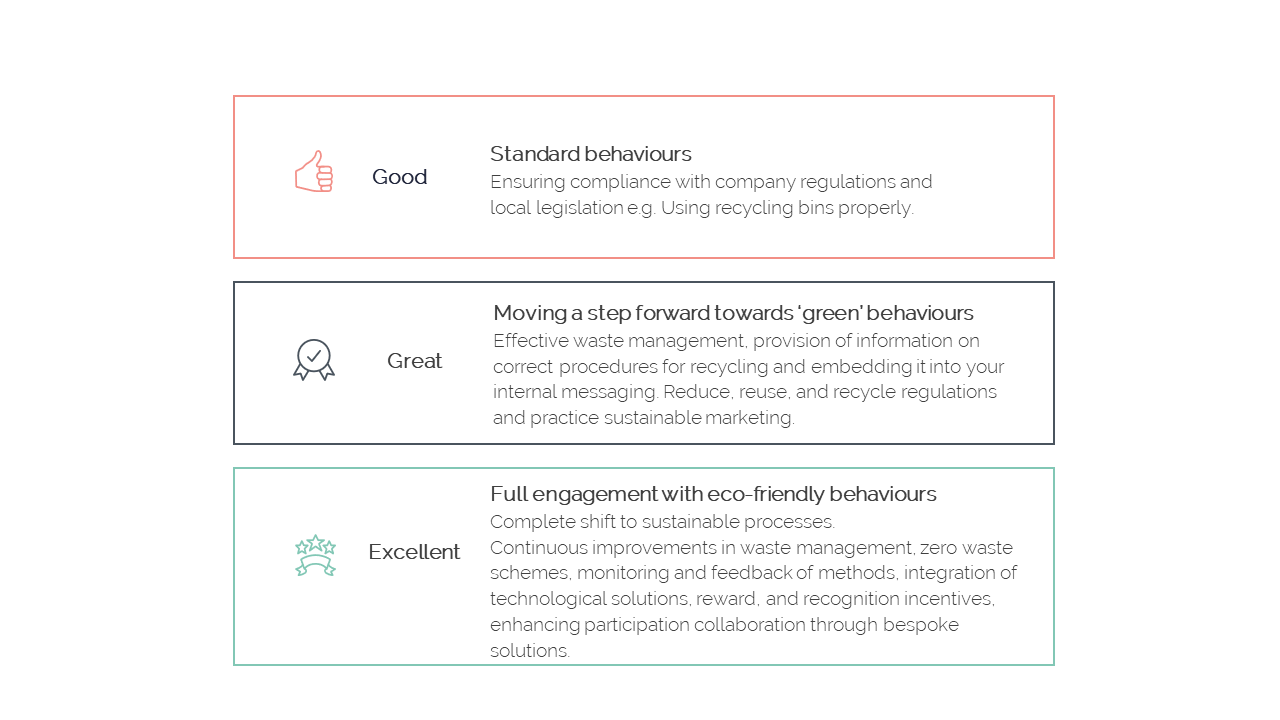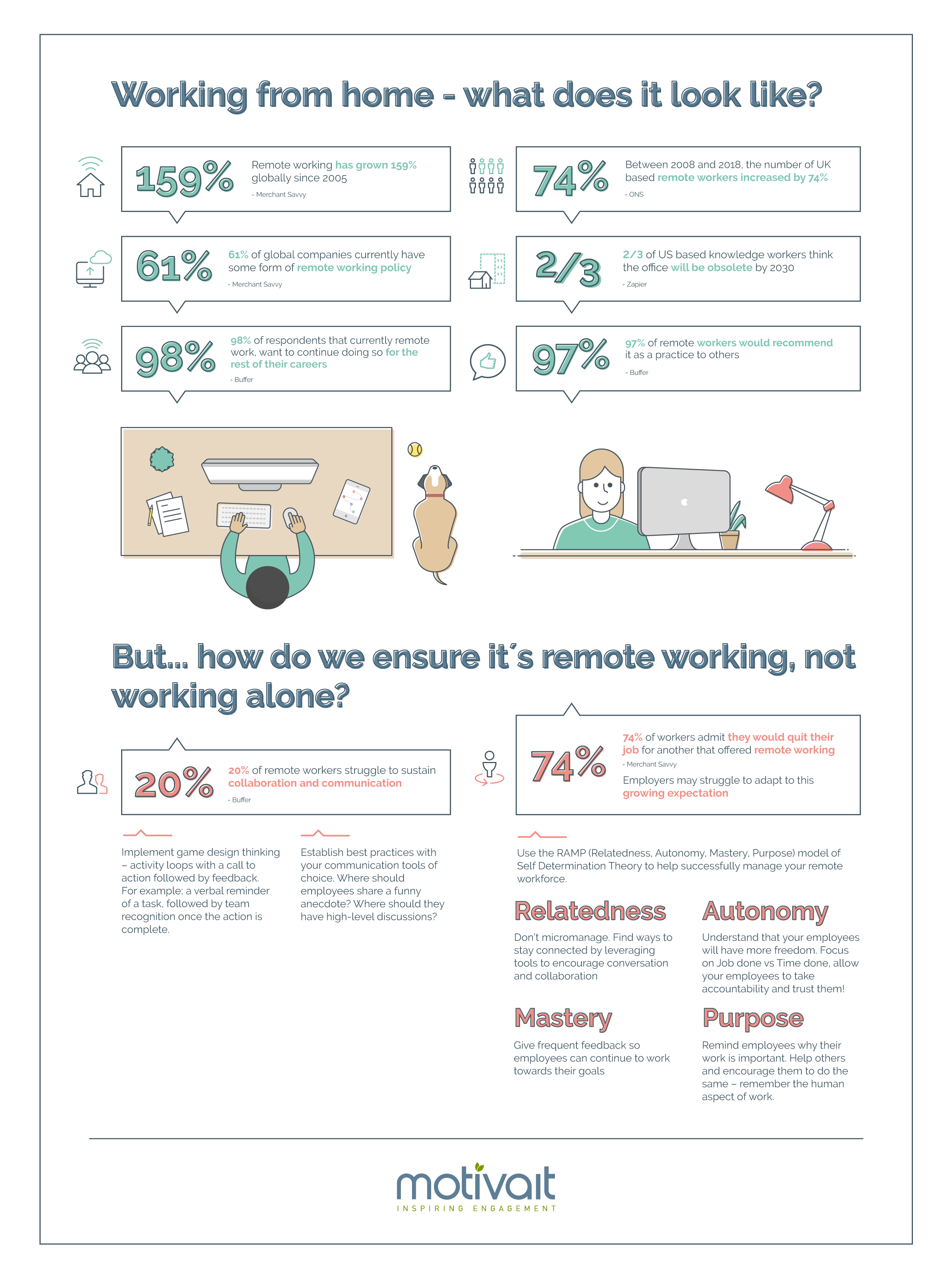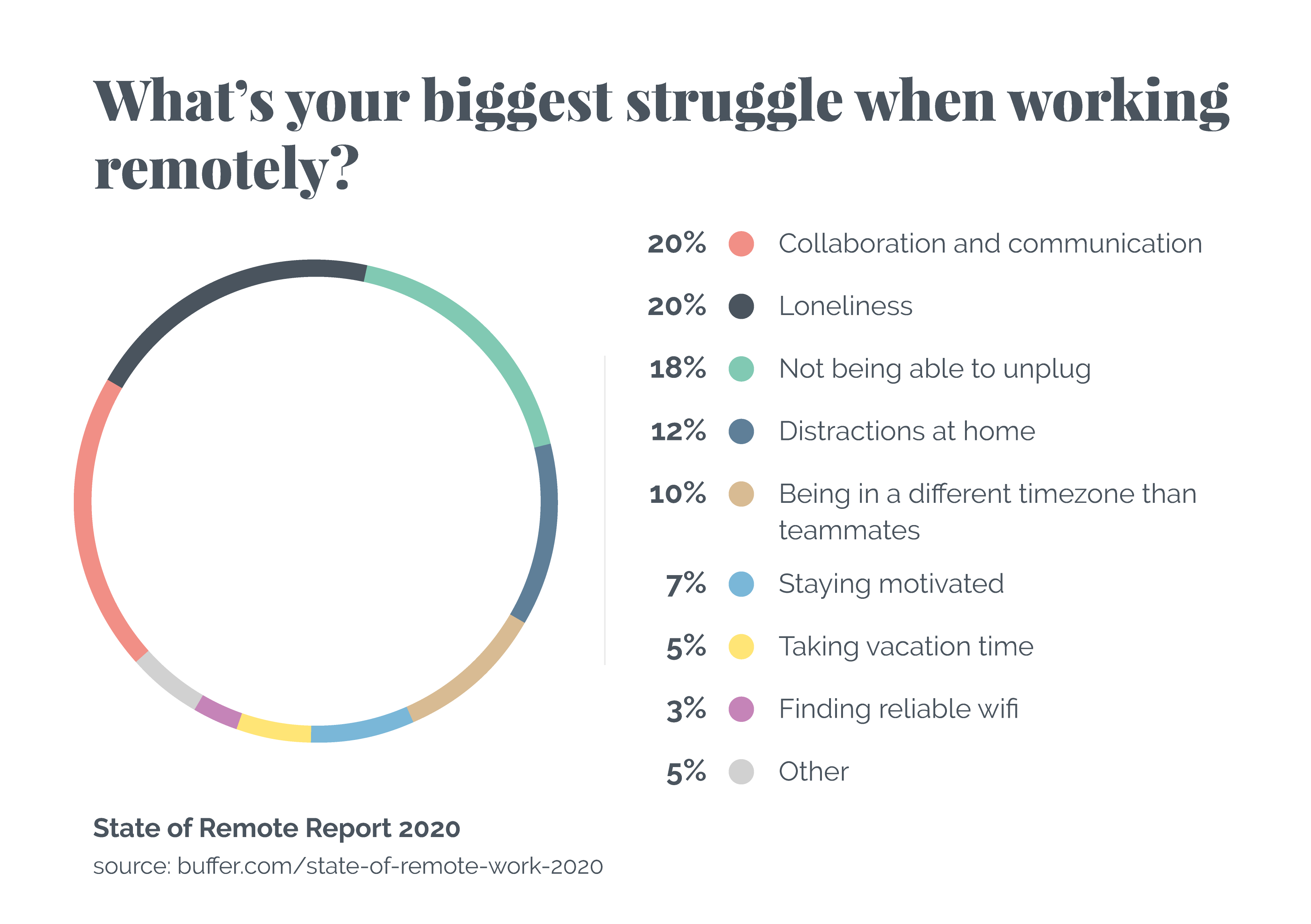Building Tools, Tasks, Teams and Trust
For many of us, recent events have challenged our concept of collaboration, connectivity and life in general. Remote teams have been forced to juggle integrating work and personal needs, while organisations have had to respond to a chain of complicated business conditions and challenges. The future seems to offer no clarity. A key question on the minds of employers now is how can they continue to keep a workforce engaged in times of such uncertainty. Any organisation’s greatest asset, engaged employees feel empowered and inspired to perform to the best of their abilities, deliver excellent customer experiences and achieve organisational goals.
At a time when many organisations are having to quickly re-evaluate strategies, resources and culture as well as develop new policies and approaches; there is an opportunity to creatively enable employee engagement.
Our latest webinar explores how we can build participation, motivation and commitment in a workforce with evolving perspectives, needs and values. The team look at how elements of game thinking and motivational theory can be used to maintain and increase engagement, and how this can then be embedded in HR best practices in order to make a real difference in the workplace when people may feel disconnected, disrupted, unfulfilled, and uncertain of the future.




